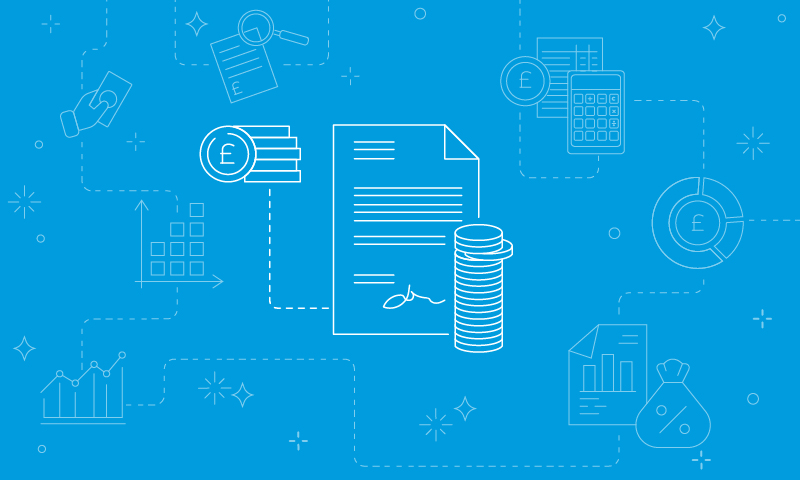26 May 2023
The latest ONS figures show retail sales volumes have risen by 0.5% in April 2023.
This was driven by an increase of 2.1% in other non-food stores which includes luxury goods such as watches and jewellery. Department store sales volumes also increased by 1.7% and food sales were up 0.7%.
Household goods bucked the trend, with a fall in sales volumes of 0.2%.
Jacqui Baker, head of retail at RSM UK and chair of ICAEW’s Retail Group, comments: ‘These April figures aren’t the bounce back that retailers were hoping for after a dramatic fall in March. The long drawn-out dull Spring weather and a weakened appetite among consumers to spend is keeping a lid on sales. April sales look to be a damp squib and not even the warm Easter Bank Holiday was enough to provide a noticeable boost for retailers.
‘It is likely that the optimism of Mega May around the three bank holidays will not materialise and is already leading to some retailers discounting their Spring/Summer collections in order to shift unsold stock.
‘Although April saw a rise in the national minimum wage, there’s little to suggest consumers are spending on discretionary items in their droves as prices remain high. Retailers will be hoping the better weather and increasing optimism in an improving economy as we head into the summer months will help unlock consumer hesitancy to spend.’
Thomas Pugh, economist at RSM UK, added: ‘The rebound in retail sales in April is welcome but coming off the back of a sharp fall in March probably suggests that the bad weather in March simply pushed some consumption into April. The broader trend is still that retail sales and consumer spending remains depressed. This will probably continue to be the case in the first half of the year as consumers are still grappling with high inflation, falling real incomes and rising interest rates.
‘That said, there are reasons to be optimistic that spending will pick up in the second half of the year and into 2024. Inflation should halve over the rest of this year, as energy prices fall, and a strong labour market will mean that real incomes will start to grow again from Q3; and consumer confidence has risen sharply, although it is still at a relatively low level. We are expecting the economy to grow by around 0.3% in Q3 and 0.2% in Q4.
‘The big risk is that inflation proves stickier than expected, which forces the Bank of England to raise interest rates to 5% or even a little higher. That could wipe out much of that improvement in real incomes and tip the economy into recession later this year.’











